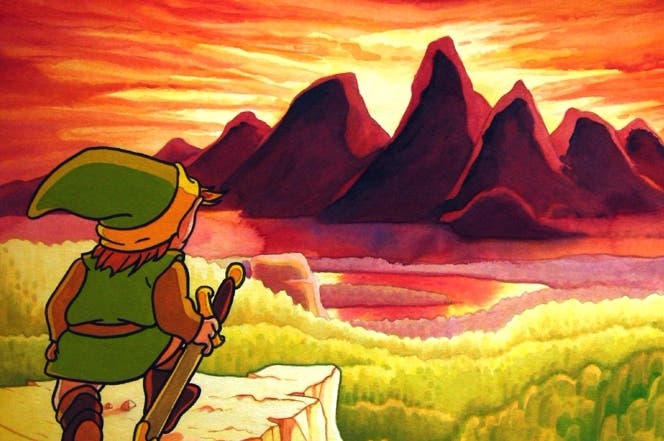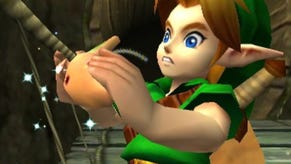A rare look at how Nintendo built Zelda: Breath of the Wild's Hyrule
And hid so much from view.
Zelda: Breath of the Wild is a masterpiece of game design. Exploring the huge, seamless world of Hyrule, your curiosity always feels like it is rewarded. And yet, at the same time, the world never feels like it is guiding you anywhere in particular, or simply dragging you from one quest to the next.
Nintendo is so good at this loop - of exploration and reward and eventually finding yourself where you probably need to be - that it all feels completely organic.
It is, of course, all entirely planned.
Breath of the Wild's director Fujibayashi Hideyuro and lead artist Makoto Yonezu gave a presentation on this topic at the Computer Entertainment Developers Conference in Japan last month.
Excerpts from the talk were reported at the time by 4gamer, but have now been translated into English on Twitter by Capcom production manager Matt Walker - which has lead to the presentation slides being widely shared.
One game design aspect discussed was the use of the "triangle rule". Nintendo deliberately used triangle-shaped objects throughout Zelda's world to give players multiple options for how to tackle them: will they climb straight up the object or walk around? These triangles also allowed for secrets to be hidden on the other side.
The location of map towers was also well-considered. At first, these were placed with the assumption that players would simply trudge towards them, wherever they were, but testing found that people were unhappy being so transparently guided.
Nintendo reconsidered their placement and used heatmaps of the world to judge where people had become bored or bottlenecked.
Another solution was to shuffle the smaller structures between towers to ensure players would become sidetracked, while always heading generally farther away from the game's starting point.
Another idea key to this was the concept of making objects visible from a distance - which is why stables have that tall horse head statue on top.
Object heights were tweaked so they reflected the importance players would place on each structure - and various playstyles were considered, for instance players who just wanted to explore, versus those who would actively hunt out enemy encampments.
Nintendo also took into account how these structures would appear at night, shuffling the importance of buildings players would naturally seek out when darkness falls (ie. stables for shelter).
It's a fascinating thread - and it's a rare look at Nintendo's debugging software, which was built directly into the game so all designers could see where issues or things still needing to be built by simply walking up to them.
Just hit any one of the embedded Twitter messages above to see more.








